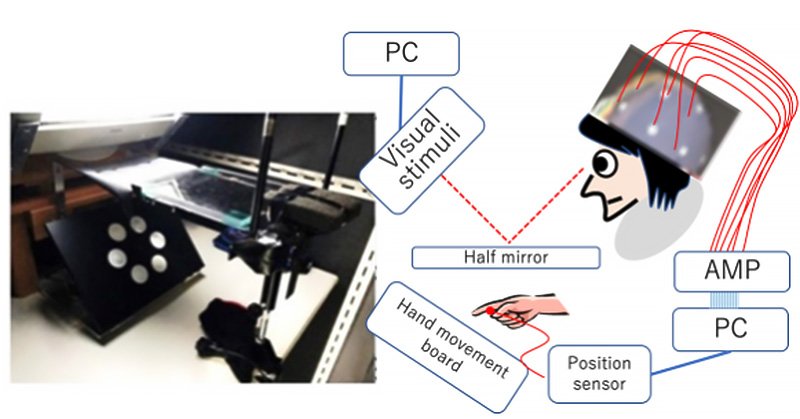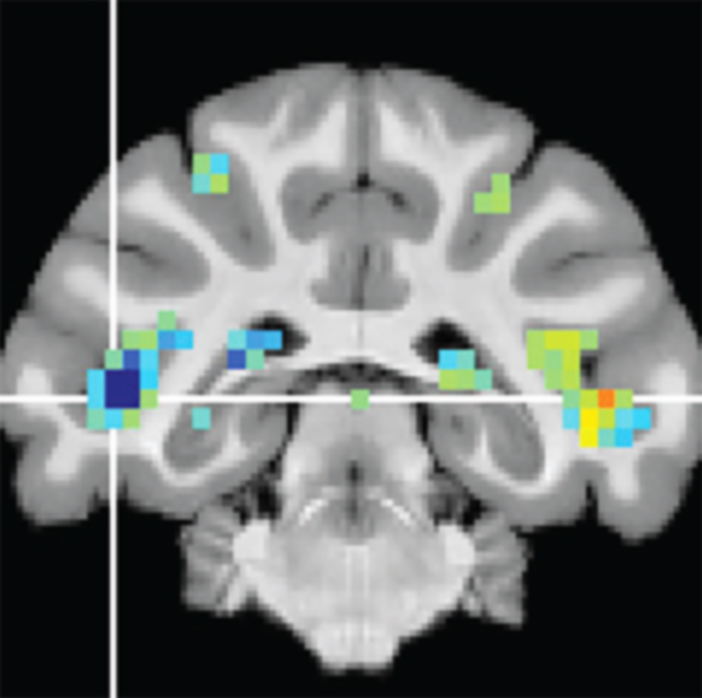Findings from a National Eye Institute-supported study show for the first time that when babies look at photos of unfamiliar everyday scenes, such as an office or a lab, they tend to fixate on the same regions where adults find meaning. This inclination to home in on what’s interesting or meaningful grows more pronounced as babies age. The findings, published in Infancy, provide a more nuanced understanding of visual development, which may lead to earlier detection of brain-based causes of vision problems, such as cerebral/cortical visual impairment.
Tag: Visual Attention

Visual processing before moving hands: insights into our visual sensory system
Our hands do more than just hold objects. They also facilitate the processing of visual stimuli. When you move your hands, your brain first perceives and interprets sensory information, then it selects the appropriate motor plan before initiating and executing the desired movement.

NIH researchers discover brain area crucial for recognizing visual events
Researchers at the National Eye Institute (NEI) report that a brain region in the superior temporal sulcus (fSTS) is crucial for processing and making decisions about visual information.